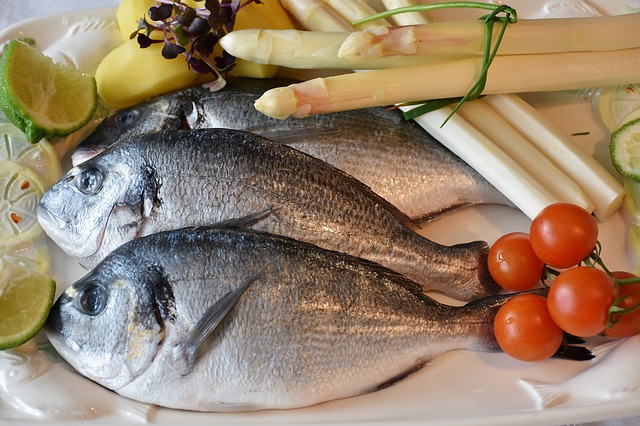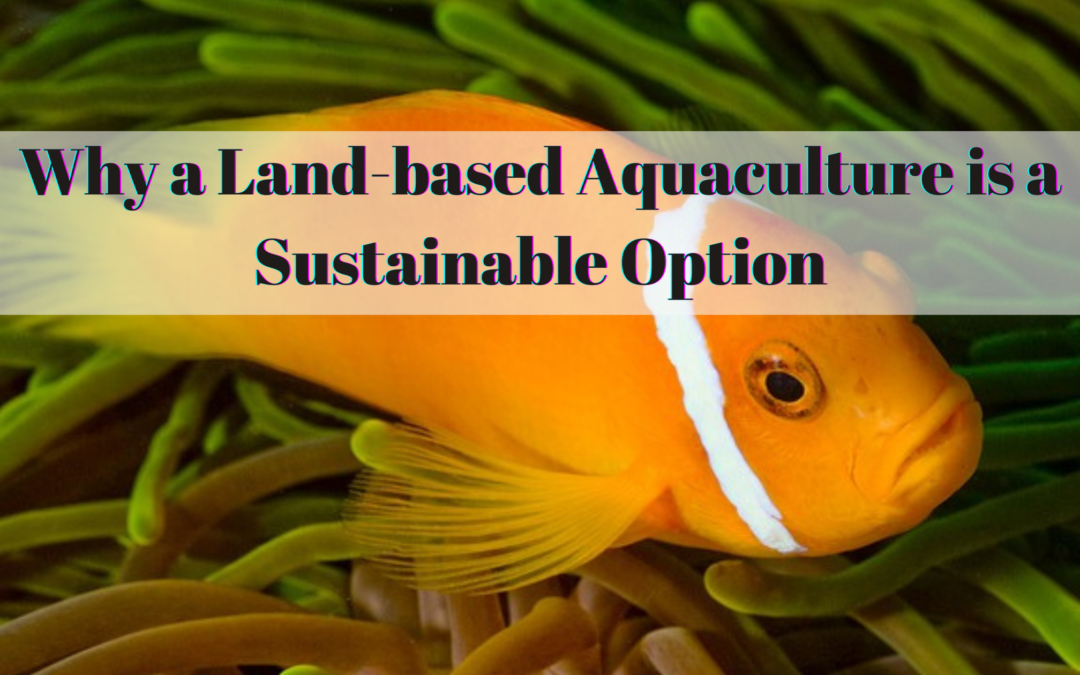Aquaculture is one of the fastest-growing forms of fish production the world over. The increased demand for non-meat protein is more likely to enhance calls for sustainable ways of engaging in aquaculture farming. In recent years, open water aquaculture was considered one of the most viable ways of raising fish. However, that’s so far changing as technologies are emerging that make land-based fish farming sustainable.
Open water fish farming has had numerous challenges as in just 2018; a surge in algae ended up killing over 8 million salmon across the open waters fish farms of Norway. There has also been warning about the risks associated with excessive use of antibiotics, and loss of biodiversity among other things that makes farming of fish in the open waters to be less sustainable.
Here are some of the reasons why land-based aquaculture is a more sustainable option;

Minimal Environmental Impact
When compared to open water fish farming; land-based fish farming doesn’t allow the wastes to come into contact with the environment. The wastewater from the fish ponds can be cleansed, re-used, and also is disposed of in a manner that’s sustainable and that in turn provides a very effective Recirculating Aquaculture System (RAS). Apart from generating minimal environmental impact; land-based aquaculture also has the potential of being carbon negative.
The waste products from fish farming can be collected to be used as biofuels and with just a small investment in the existing fish farms; local energy can be easily produced to help aid the fish farming process.
Increased use of Technology
Land-based fish farming has created an environment that allows for increased use of technology. The fish farms can be designed with energy-efficient systems that allow for good access to water and an inexpensive supply of hydroelectric power which in turn enables smooth and efficient land-based fish farming. There are a number of unique design elements that farmers should consider making use of enhanced energy efficiency and improved environmental impact. The fish farming facilities have to be designed to enable safe operation over a long-term period.
The facility should be designed such that particles are easily removed from the water making it possible for the water to be of high quality. When stocking fish into the tanks, you should view the tanks as you do with barns. Under normal circumstances, you cannot cram 200 cows into a barn and then hope that all of them will survive. Putting too many fish into a pond will only hinder their growth and create an environment where only the strongest get to survive.
In land-based aquaculture; it’s possible for feeding of the fish to be done based on the dimensions of the facility. Land-based aquaculture has the potential to sufficiently meet the demand for fish protein if technological advancement is undertaken.
P.S: – Are you considering getting started with aquaculture farming? Consider joining a team of farmers that are making use of innovative technology to improve farming practices. Visit EAT Community for more information.



